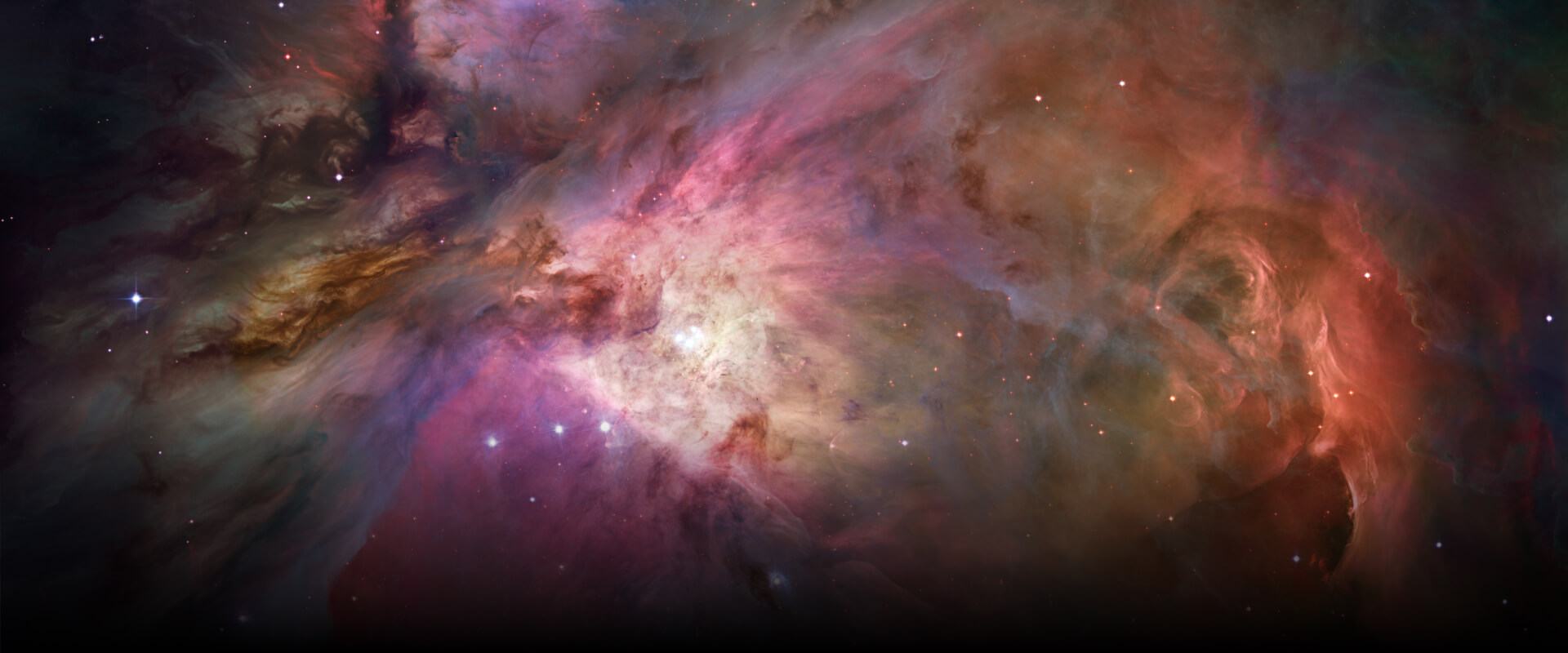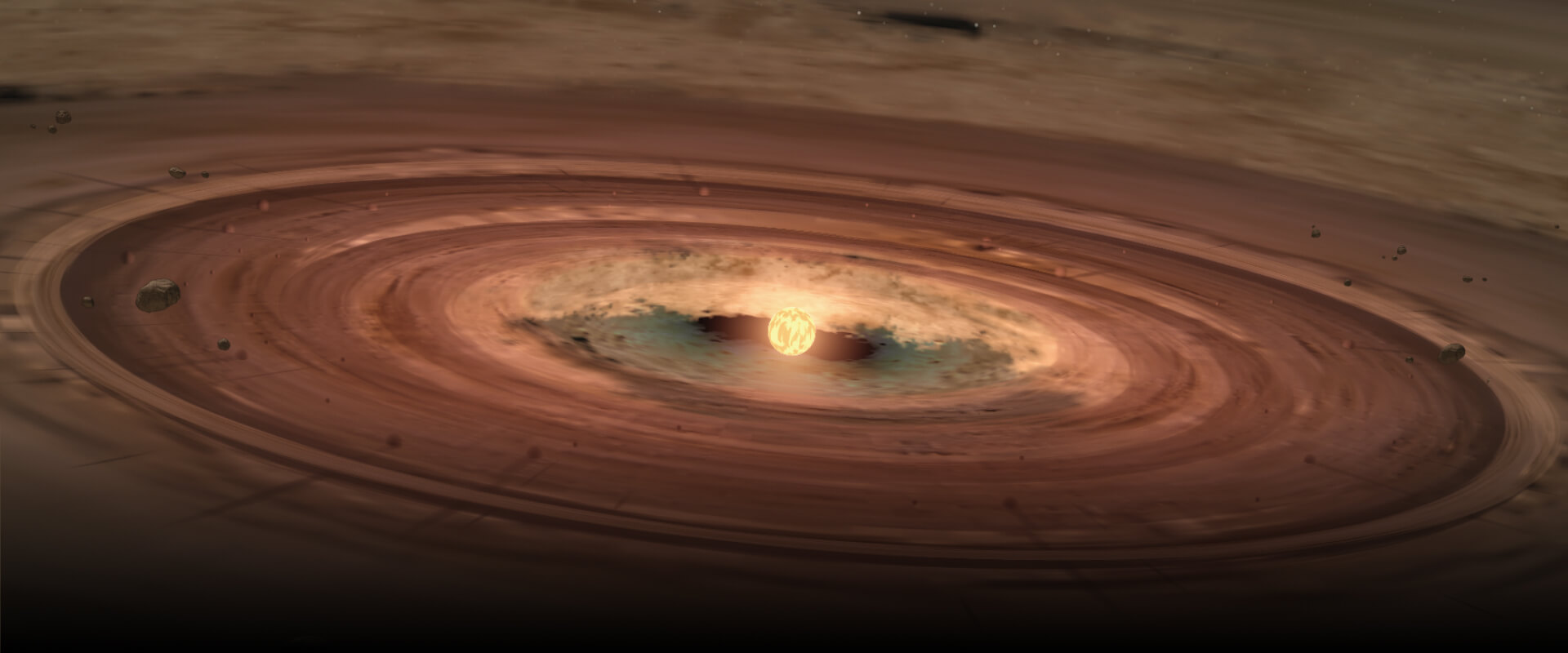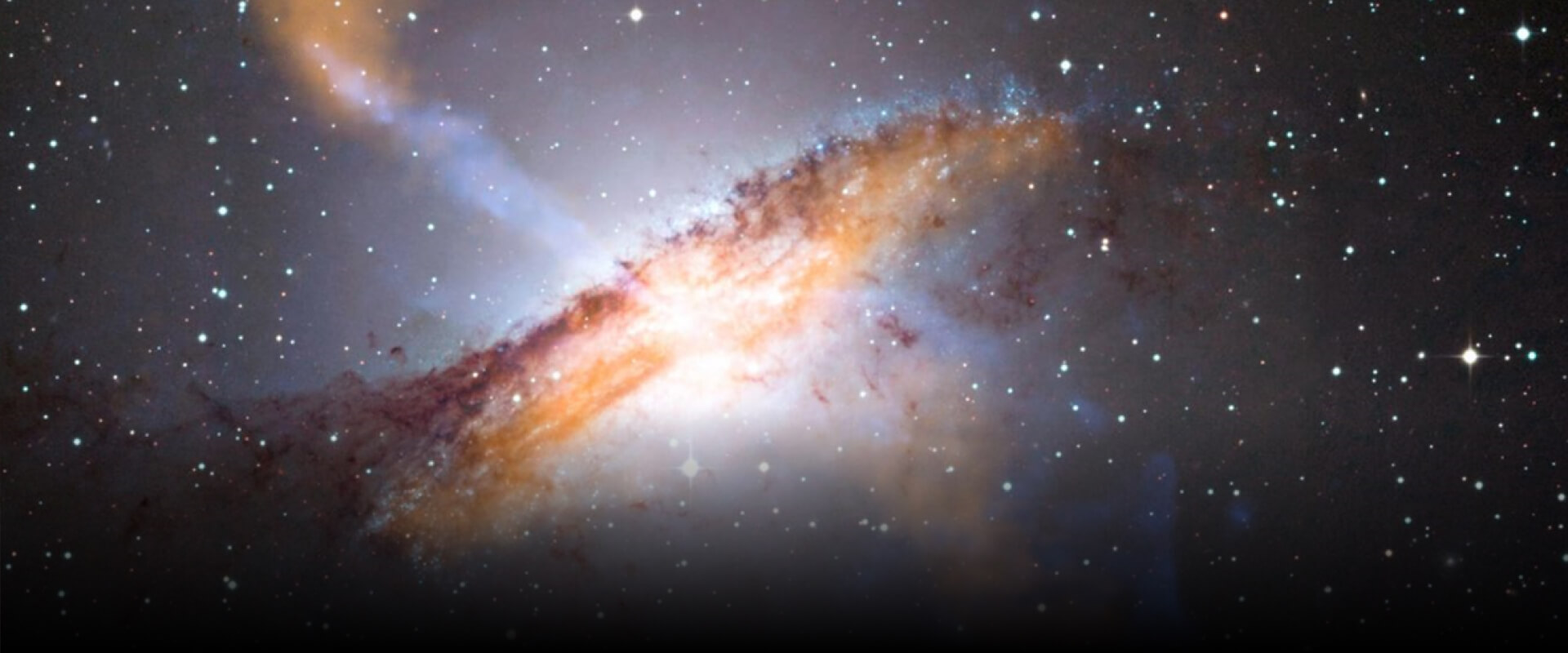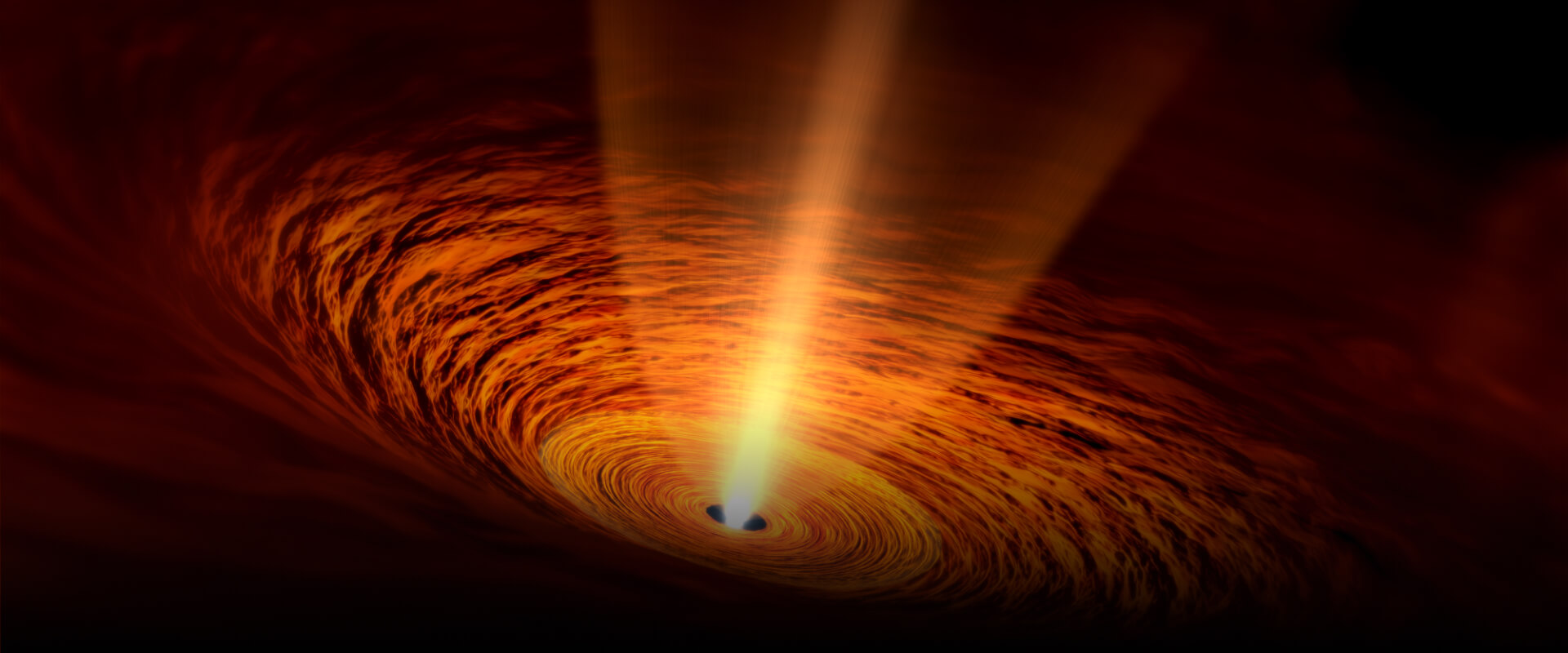国立天文台科学研究部
科学研究部の Dr. Burns Rossらの研究成果が発表されました。
Nature astronomyに2023年2月27日付で掲載されています。
High-mass stars are 8 or more times more massive than the Sun. They act like atomic factories to generate many of the necessary building blocks for life in the universe and they alter the appearance and evolution of galaxies. The most massive stars become enigmatic black holes when they die. Despite their importance in the Universe, the process by which high-mass stars are born is unclear.
Thanks to the efforts of many astronomers and engineers we now have telescopes capable of seeing the birth sites of high-mass stars, also known as ‘high-mass protostars’, in more and more detail. We now know that they form at the hearts of rotating disks of gas and dust which are ~1000 AU radius (that is, ~1000 times the distance at which the Earth orbits the Sun).
However, the exact process by which material from the disk feeds the protostar has been a mystery for many decades. Many theories have proposed ideas about how material from the disk reaches the protostar. One such theory is that of episodic, disk-fed accretion, which is characterized by short bursts of accretion, separated by low-activity states which can last months to years. In a paper published in Nature Astronomy in 2020, a group led by NAOJ astronomer Ross Burns described a ‘heat-wave’ that was seen traversing the accretion disk in high-mass protostar, G358-MM1, shortly following its accretion burst. The finding was consistent with episodic disk-fed accretion.
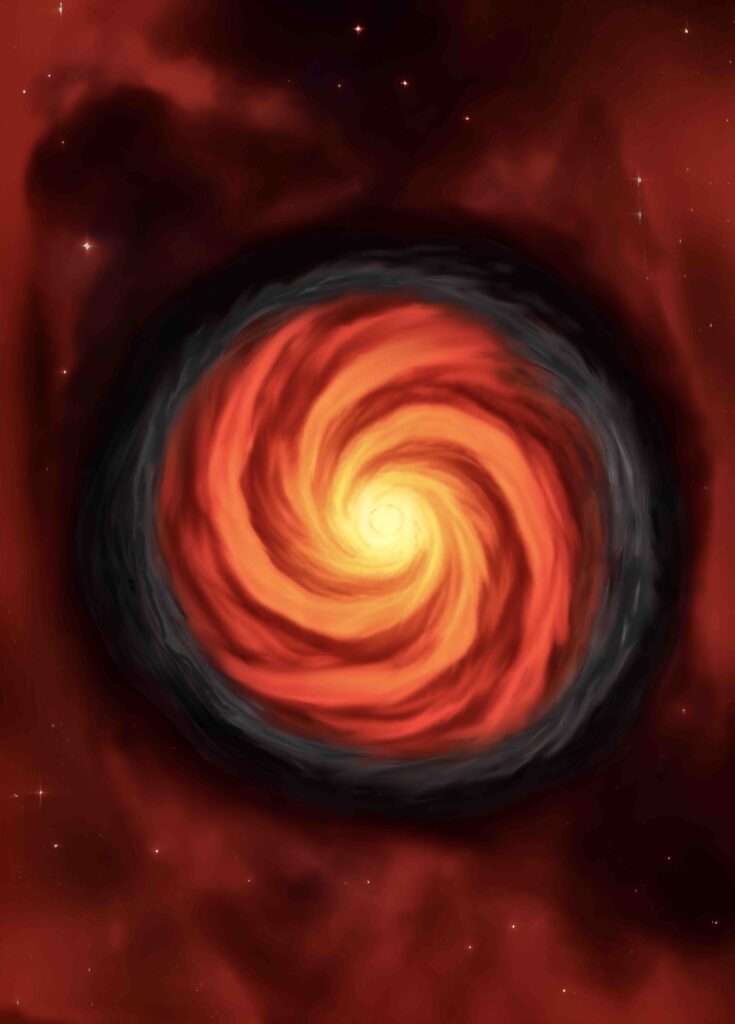
Burns and his team, have now made further progress in the understanding of the birth of high-mass stars. Using VLBI arrays from around the world in an international collaboration, the team were able to discover spiral arms in the rotating disk of high-mass protostar, G358-MM1. Spiral arms are thought to occur due to the disk becoming unstable when it grows too massive. G358-MM1 has four spiral arms which wrap beautifully around the protostar. The spiral arms help to feed disk material down to the inner radius of the system where it can reach the protostar and feed it. Since the protostar, G358-MM1, already has been observed to undergo growth bursts the discovery of a spiral instability helps to associate the role of disk instability into the process of high-mass star formation. In fact, this association has been proposed in theoretical hypotheses since many years ago but was not confirmed by observations until now.
Burns’ team used a new technique called ‘heat-wave mapping’ which used the growth burst’s own flash of radiation to map the surface of the disk using methanol masers.
The team will continue to search for growth bursts in high-mass protostars, using a global cooperative of traditional radio telescopes, called the Maser Monitoring Organisation (M2O). So far, only 3 high-mass protostellar bursts have been seen, Burns’ team hopes to find many more to explore more growth bursts in other high-mass protostars.
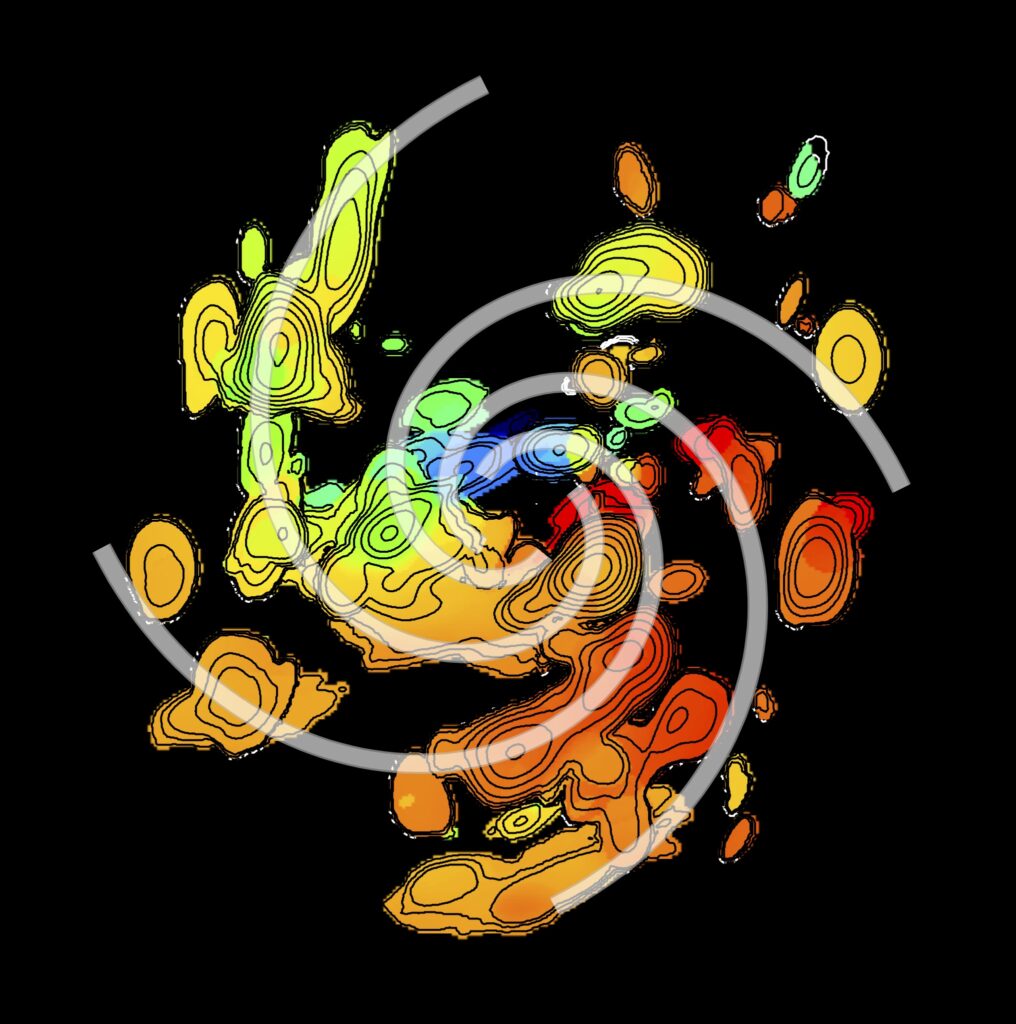
If more spiral systems and growth bursts are discovered in other high-mass protostars, either using heat-wave mapping or other observational techniques, then astronomers will be able to provide a better understanding of the births of high-mass stars, which are the energetic progenitors of life in the Universe.
関連リンク
Nature astronomy: https://www.nature.com/articles/s41550-023-01899-w
国立天文台(日本語版): https://www.nao.ac.jp/news/science/2023/20230228-dos.html
国立天文台(英語版): https://www.nao.ac.jp/en/news/science/2023/20230228-dos.html
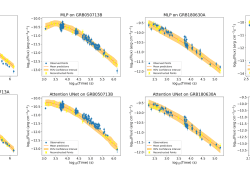
- 2025.12.5 Gamma-Ray Burst Light Curve Reconstruction: A Comparative Machine and Deep Learning Analysis ...Read more
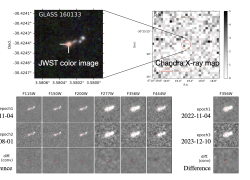
- 2025.12.5 宇宙初期の謎天体に迫る: JWSTの時間軸観測とChandra X線観測がもたらした新しい視点 ...Read more
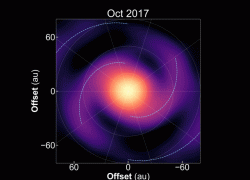
- 2025.10.1 躍動の天地開闢前夜―惑星を作る渦巻きの動画撮影に成功― ...Read more
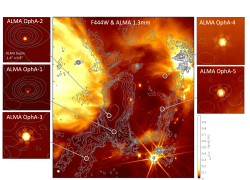
- 2025.9.4 星と惑星誕生の最前線:ALMAとJWSTが捉えたヘビ使い座A領域の若い惑星質量天体の発見 ...Read more
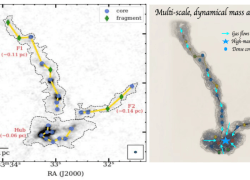
- 2025.8.10 ALMA High-Resolution Observations Reveal New Evidence for Bimodal Fragmentation and Multi-Scale Dynamical Mass Accretion in High-Mass Star Formation ...Read more
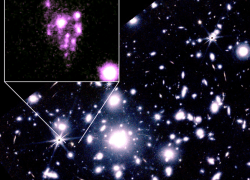
- 2025.8.8 誕生直後の銀河は予想以上に粒々だった――「宇宙ぶどう」が破った銀河誕生の常識 ...Read more
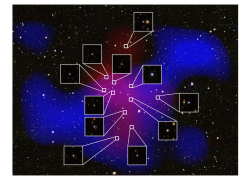
- 2025.6.3 宇宙最大級の超巨大ブラックホールの集団を発見―宇宙の物質分布に新たな謎を投げかける ...Read more
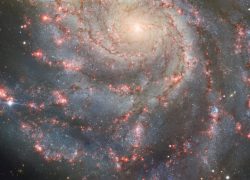
- 2025.5.7 超新星爆発で生じる高エネルギーニュートリノ・ガンマ線放射:輻射流体シミュレーションを用いて宇宙線生成量に新たな制限 ...Read more
- 2025.12.3
- 超小型紫外線衛星「Mauve」の打ち上げ成功
- 2025.10.28
- Maria Dainotti助教の学生のAleksander Lenartさんの研究がナショナルジオグラフィック・ポーランド版で紹介されました
- 2025.10.6
- 三鷹・星と宇宙の日 2025
- 2025.9.30
- 吉田有宏さんの論文がNature Astronomyに掲載され、プレスリリースされました
- 2025.9.30
- 吉田有宏さんが第15回SOKENDAI賞、北出直也さんが日本惑星科学会 2025年度優秀発表賞を受賞
- 2025.8.11
- 渡邊太一さん、清田 朋和さん、播田實 りょう太さんが「2025年度 第55回天文・天体物理若手夏の学校」で発表賞を受賞
- 2025.5.26
- 科学研究部の設置目的・ミッションが策定されました
- 2025.5.1
- 吉田有宏さんら参加するexoALMAの論文シリーズがプレスリリース
- 2025.4.16
- 2025年度の人事異動
- 2024.4.12
- 2024年度の人事異動
- 2023.4.7
- 2023年度の人事異動
- 2022.12.13
- アルマプロジェクト・科学研究部特任研究員(Behroozi特任准教授グループ) 公募 (締め切り 2022/12/26 正午)
- 2022.4.18
- 2022年度の人事異動
- 2021.10.25
- ポスドク研究員(生駒教授グループ)の公募(締切り 2021/11/01 正午)
- 2021.10.7
- 2021年度の人事異動
- 2021.10.6
- プロジェクト研究員(大内教授科研費雇用) 公募 (締め切り 2021/11/15 正午)
